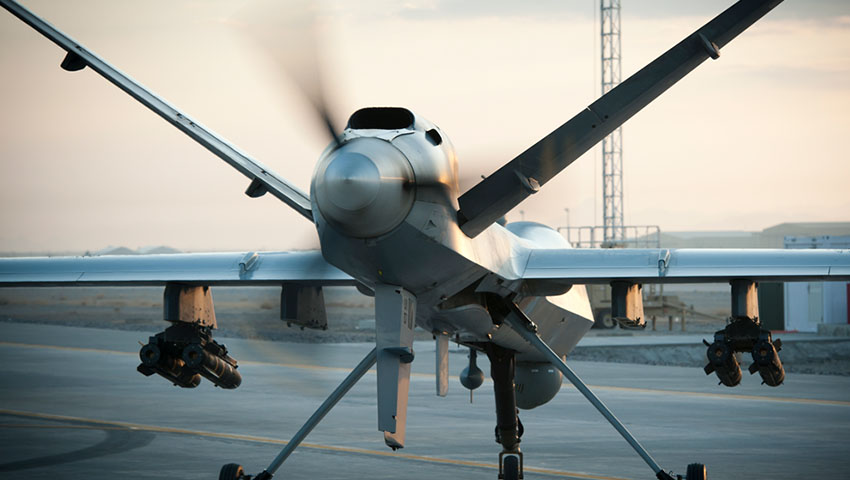Unmanned aerial systems are revolutionising the ADF, from combat mission support to intelligence and humanitarian roles, and yet it is still early days when the full scope of possibilities for their capabilities are considered.
To continue reading the rest of this article, please log in.
Create free account to get unlimited news articles and more!
Australia has clearly signalled its intentions of advancing its UAS capabilities, with Boeing's "Loyal Wingman" program, General Atomics MQ-9 Reaper Variant, and Northrop Grumman's MQ-4C Triton planned acquisitions set to push the ADF to new heights.
However, the capabilities of smaller UAS variants is also becoming more and more realised every day.
In this edition of On Point, Defence Connect spoke with engineer, project manager and solution integrator at Mirragin Aerospace Consulting, Rob Sutton, to discuss Australia’s role as a leader in the growing drone sector and its place in defence industry.
How are these UAVs going to shape the way in which we fight?
Imagine a section of Australian soldiers, they're moving to an objective, and as they move to the objective, they come across an area that's been identified in their intelligence reports as a possible choke point.
They stop, they pull out a drone, they put the drone in the air and they go and have a look at what's at that area. They discovered that there's a troop of tanks there, and so the section commander calls in a fire mission and they neutralise that threat. So, it's just a simple application, but you can see how powerful that technology is in helping keep our people safe.
There's many other applications. You could think of, for instance, drones being used as communications relay payloads, they could be used as logistic drones, so moving supplies around the battlefield, they could have electronic warfare packages on them.
Basically anything that you could think of, you can put on a drone. Across Navy and Air Force, there's applications as well. For instance, maritime surveillance, inspecting masts, inspecting the top of a C17, looking after boarding parties, all that kind of stuff.
Then even more widely across emergency services, so police might be using drones for crime scene forensics and might be using them to find missing persons. Fire might be using them as situational awareness for a major bushfire or a major disaster, and even maybe using them as an aerial firefighting capability.
So, a huge range of different applications. What we do at Mirragin is firstly we help organisations identify opportunities to use drones within their organisation to help keep their people safe. Then once we've identified those applications, we work with them to successfully implement each of those drone projects.
Is it the safety component, the tactical advantage component that you get through using drones, which is guiding the development of it and engagement of that within Army?
It's one of many. I think there's obviously the recognition that if you can put a robot, because that's effectively what a drone is, if you can put a robot in harms way and keep a person out of harms way, then that's a real advantage.
War fighting is only becoming more lethal and more difficult and more complex, and so if you can use unmanned systems to keep people out of harms way, that's a real benefit. But they also bring a whole range of other benefits.
One of the big things with a drone is it's a bit like a multi tool. You can put different payloads on it. Every payload can do a different role. The number of roles that you can get drones to do is basically only limited by your imagination. All you need to do is develop a payload to do that role.
If you want to fly a mission to help evacuate people from an island after a disaster, put a loud speaker on it, or you put a mobile phone signal on it and fly over and you get text messages when the mobile towers have gone down. Basically anything that you can think of, any application you can think of, you can use drones for that.
If you were going to give the state of play of drones in Australia right now, in May, how would you explain that?
Growing.
We put out an Australian drone ecosystem map. We published that across our social media platforms. We're changing it every quarter and we're adding more and more people every quarter, because companies are coming up with amazing things.
I think even Defence Connect put out an article this morning about Titomic making a titanium UAV. They'll be going on the list. They're clearly game changers in the industry. There are people coming on all of the time. It's growing, it's an emerging industry, and it's an exciting one to be a part of.
You can listen to the full podcast with Rob Sutton, engineer, project manager and solution integrator at Mirragin Aerospace Consulting, here.

 Login
Login







